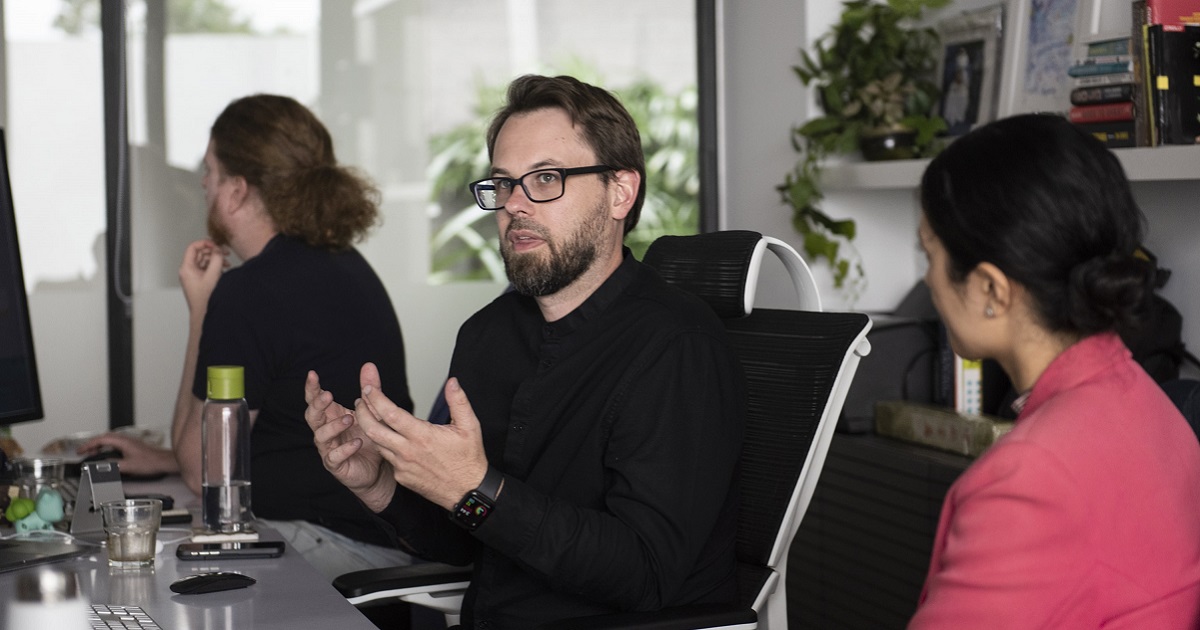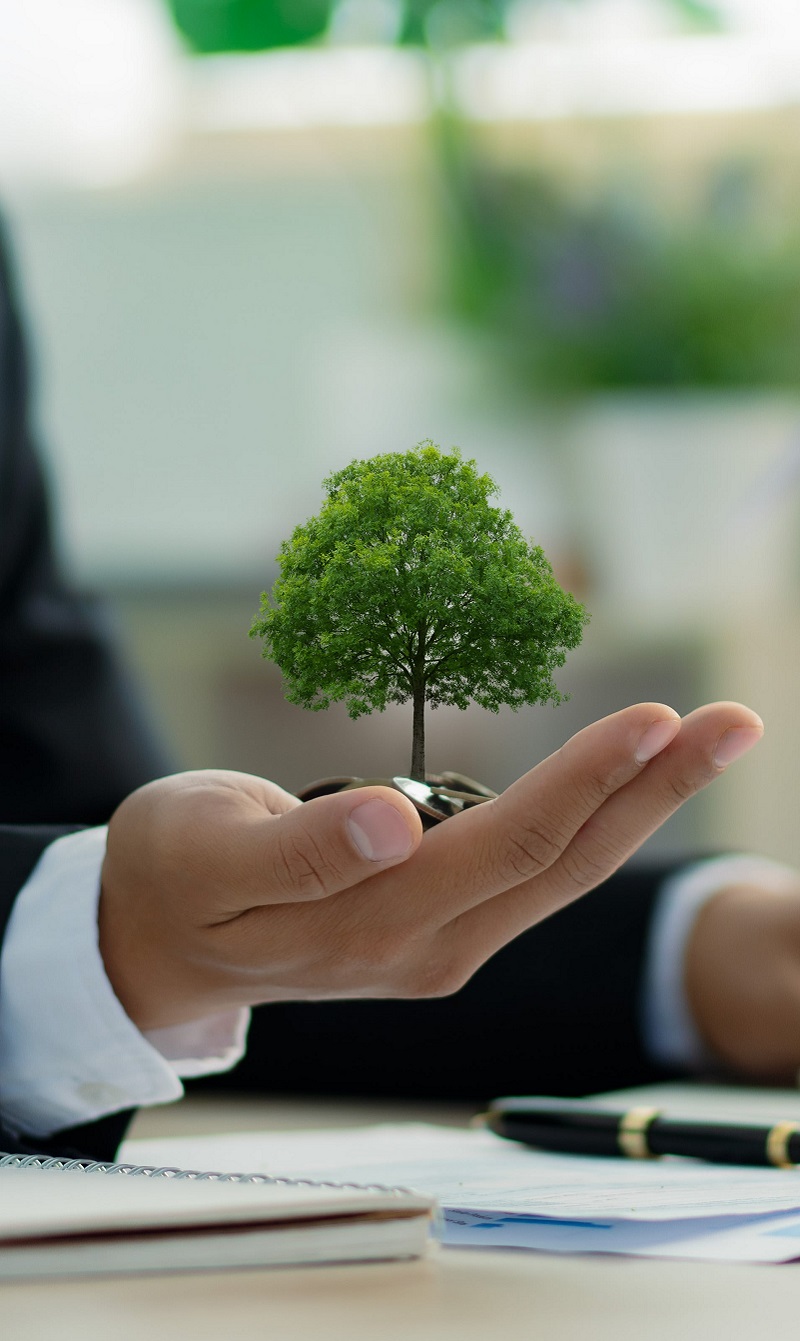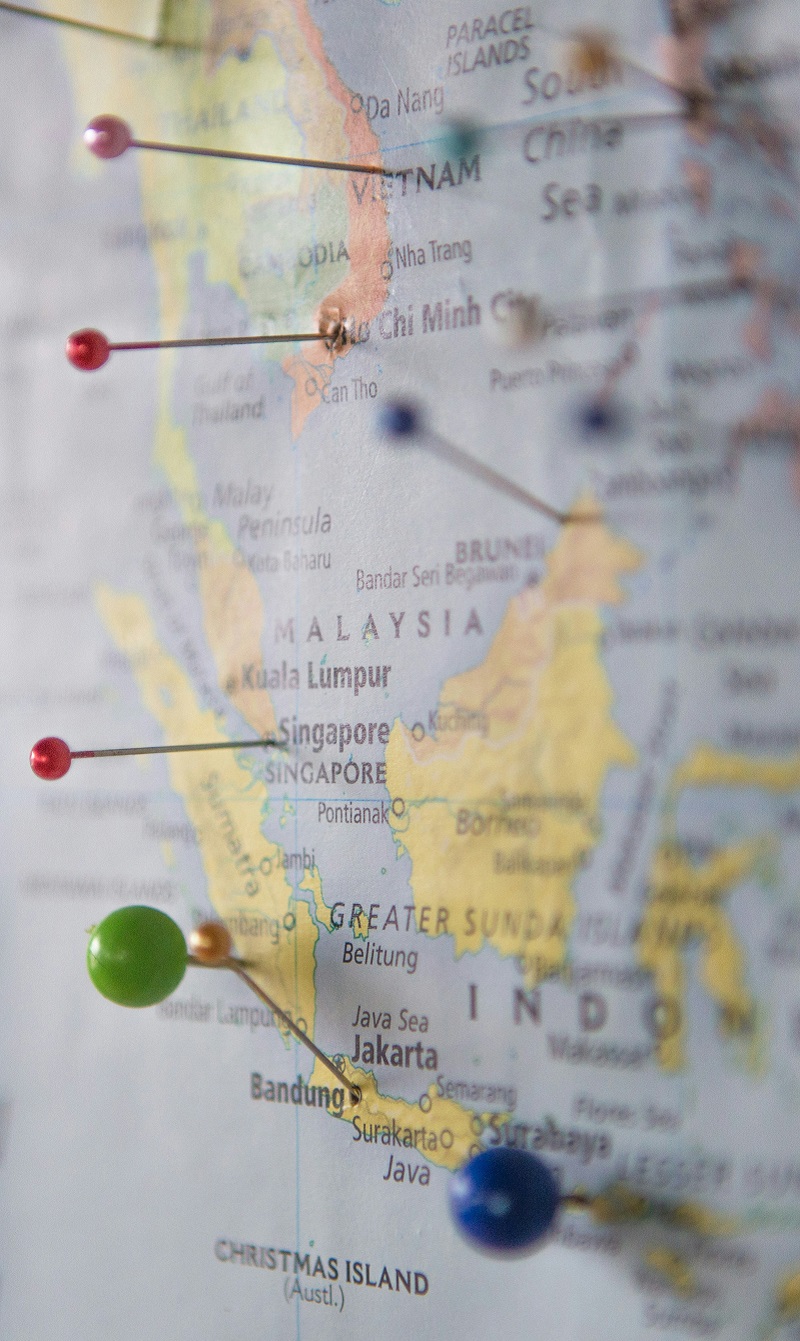Putting Heart into Design
Founder and CEO of Gould Studio in Sydney, talks to Su Aziz on the importance of heart in design, current challenges faced by the design industry, solutions and being post-pandemic ready.
18 years ago, Peter Gould founded a design company in Sydney. Gould Studio is somewhat unique, hardly your run-of-the-mill design company. Over the years, they have created foundations for some of the most well-known brands in the Islamic economy while working with recognised multinationals. While they grew a diverse international team brought together by a mutual intention to design with heart for positive change, they also developed a set of principles to provide a framework for meaningful work and called it Heart-Centered Design.
Through it, Peter’s team is able to elevate their work ‘beyond appearances by going deep to create brands, products and experiences that are value-driven’ and ‘do good in the world while fulfilling, and often transcending, the ambitions of our clients’. Today, the internationally acclaimed 39-year-old father of three leads a strategic design team in Sydney, Dubai and Jakarta, and is an UNHCR Ambassador. Gould Studio’s clients include not only the likes of United Nations and Dubai Culture, but also senior government projects to USD100 million startups.
Prior to his speaking engagement with WIEF Foundation’s #iEmPOWER webinar that discusses Creative Industry: Harnessing Emerging Technologies on 19 August 2021, Peter answers a few questions on challenges the Australian design industry faces, ways around them and how the industry can thrive after the COVID-19 pandemic period.
What are the current challenges faced by the design industry in Australia and how do they compare globally?
Companies that embrace a strategic understanding of design are winning, because their products and services are integrated into a cohesively designed experience. There’s a growing awareness in understanding the role and importance of design within leading organisations. Design now has a seat at the C-suite in many organisations and often a chief design officer to guide and unify key decisions connected to all aspects of an organisation. Companies that view design as an afterthought, or simply as marketing, will be limited.
In terms of geography, we’re definitely in a shared, globally interconnected digital economy industry, so physical locations have a different role than it used to. Our team, for example, has a hub here in Sydney, Jakarta and Dubai. We’re able to deliver a 24-hour workflow for clients that require it. Like all sectors however, the design industry is experiencing transformation through the pandemic and the volatility of many sectors has a ripple effect to service providers.
What do you see as doable solutions for these challenges and how to implement them?
Success lies in the capacity to listen, adapt and be agile. If we’re serving the real needs of people, then our function is valuable. Design teams need to invest in strategic capability, by aligning and understanding business objectives that start with solving human problems. Large consulting firms and tech companies continue to acquire design teams for this reason. If design teams don’t adapt, we may slip into a kind of commodified service of creating artefacts and digital assets that look beautiful or work well in isolation, without clear business value and strategic direction.
What were the past failures you’ve learned from in terms of growing the business and building financial resilience as well as longevity?
It’s easy to become enamoured with a particular technology, trend or platform. As a design team we ourselves must embrace change as habit, requiring constant iteration and prototyping of our business model. We’ve explored areas that didn’t lead where we imagined, but there is value and learning in each attempt. Resilience is helped by building quality, lifelong relationships. In times of economic change and disruption, this is especially important to maintain trust and togetherness during these times knowing the next chapter ahead is waiting to flourish.
How should the design industry innovate or evolve to be post-pandemic ready?
As designers, we must continue to serve the needs of people. During this mid or post-pandemic era, it’s a time to reflect and re-evaluate what we’re designing, and why. My personal view is that a spiritual lens onto design practice offers a special and timely perspective. In a time of shared global adversity, we have an opportunity to reflect within ourselves as individuals, but collectively as teams, communities and global friends. Our design practice must take a more holistic view, beyond simply sales, shareholders and user growth. We must deeply care for personal and spiritual wellbeing in the products and services that we create. We must design with heart. At Gould Studio, we call this Heart-Centered Design. It defines our team culture, who we work with, and why. Maintaining this alignment is essential to meaningful, sustainable, enriching work that aims to benefit hearts around the globe.
—
To listen more on the creative industry from Peter Gould, join #iEMPOWER Creative Industry: Harnessing Emerging Technologies on 19 August 2021 at 11.30am (UTC +8).
—
Photo(s) courtesy of Peter Gould.





